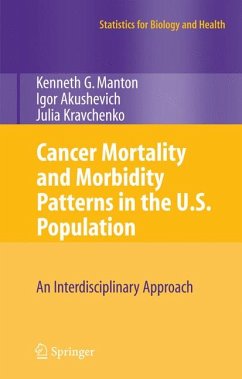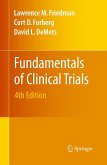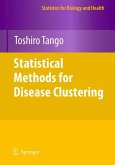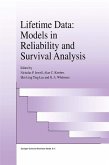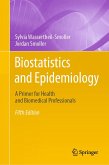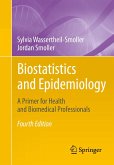The book will be useful for many specialists, e.g., epidemiologists, oncologists, medical researchers, biologists, public health and environmental specialists, and specialists in mathematical modeling. Medical, biology and math undergraduates and postgraduates, as well as basic and applied researchers attempting to extend their studies in collaboration with other specialists in interdisciplinary teams, will find practical information here. Biomedical specialists could be interested in historical aspects of cancer treatment and prevention, mechanisms of carcinogenesis, cancer risk factors, cancer mortality and morbidity trends in the U.S. over a more than 50-year period, as well as specific features of cancer histotypes, and recent approaches to cancer prevention. Readers interested in analytic aspects can find information on existing and innovative approaches used in interdisciplinary studies such as stochastic process models, microsimulation of interventions, and empirical Bayes approaches.
This book was written by authors with different backgrounds who teamed in an interdisciplinary group. Kenneth G. Manton, Ph.D. (Demography) is Research Professor of Demographic Studies at Duke University (Durham, NC). He was Head of the W.H.O. Collaborating Center for Research and Training in the Methods of Assessing Risk and Forecasting Health Status Trends. He has authored more than 450 peer-reviewed publications, including several books.
Igor Akushevich, Ph.D. (Theoretical and Mathematical Physics), Center for Population Health and Aging at Duke University, authored more than 70 peer-reviewed publications.
Julia Kravchenko, MD, Ph.D. (Internal Diseases, Biochemistry), Duke Comprehensive Cancer Center in the School of Medicine. She is author of more than 30 peer-reviewed publications.
Dieser Download kann aus rechtlichen Gründen nur mit Rechnungsadresse in A, B, BG, CY, CZ, D, DK, EW, E, FIN, F, GR, HR, H, IRL, I, LT, L, LR, M, NL, PL, P, R, S, SLO, SK ausgeliefert werden.

